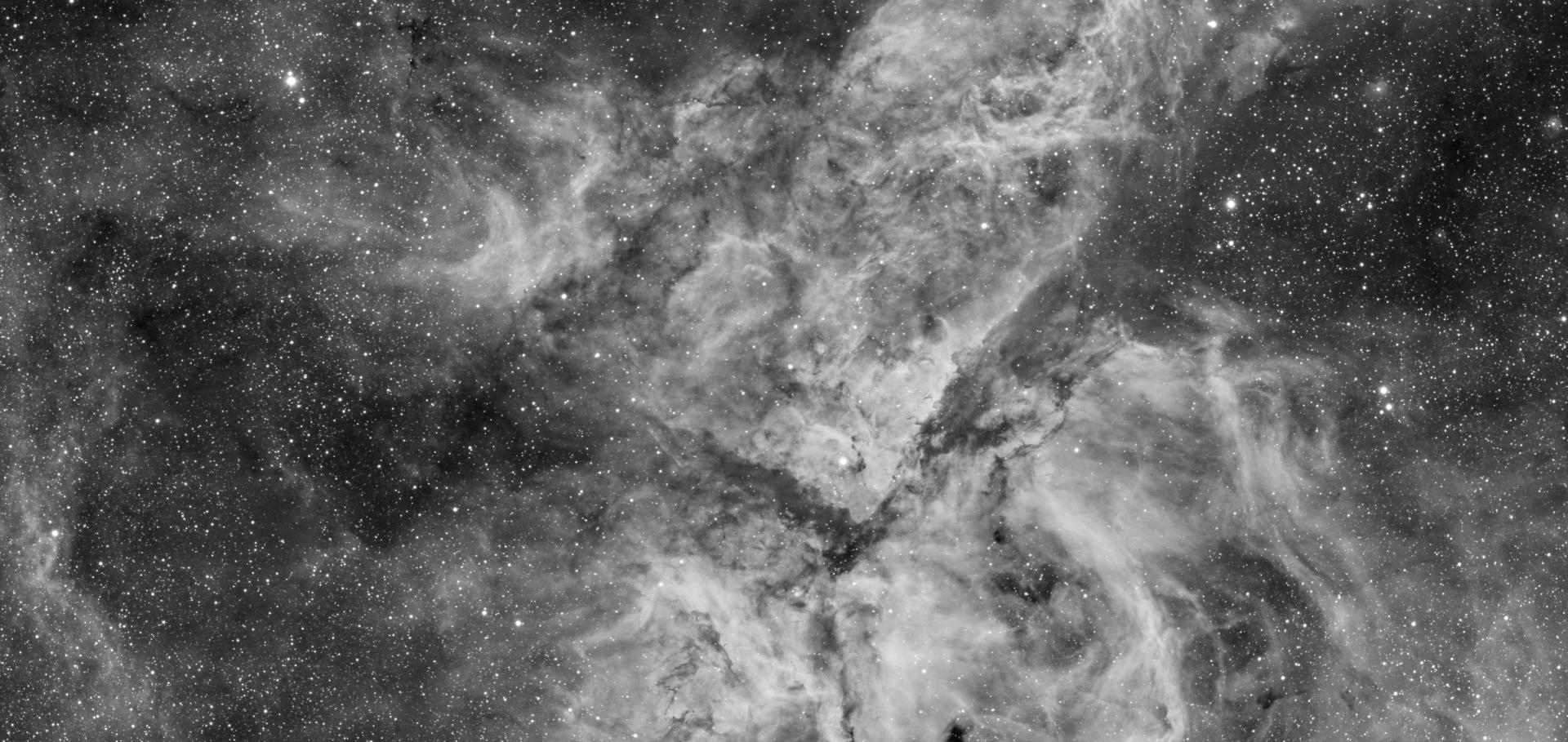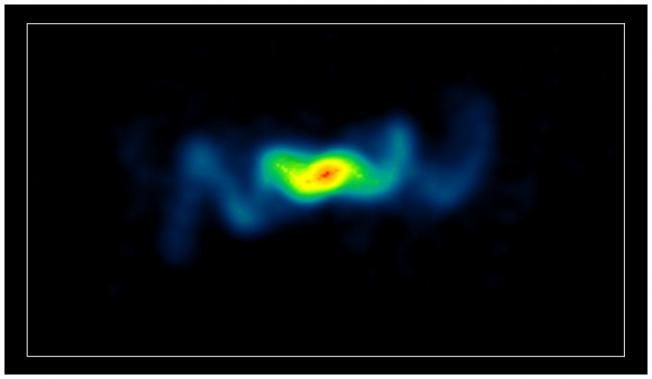Cosmic ray injection at SNR shocks: a laboratory for radio galaxy plasma physics?
ASTR SOC P 250 (2002) 53-74
Abstract:
The standard paradigm for extragalactic radio sources assumes that a description in terms of single-fluid MHD, adiabatic work, and radiation losses should provide an adequate model for the observed radiation and morphology. However this approach omits several physical elements that are now standard in other branches of laboratory, space, and astrophysical plasma physics, and we examine whether current observations of extragalactic radio sources motivate extensions to the standard paradigm. Supernova remnants are analogous to extragalactic radio sources in producing synchrotron radiation from radio to X-ray wavelengths, and electron energies as high as 10(14) eV axe required in some cases. Diffusive shock acceleration can generate these electrons from a mildly relativistic population, but the 'injection' problem of prior acceleration of background electrons to mildly relativistic energies has remained. Here we describe the 'bootstrap' solution of the electron injection problem, by which a shock-reflected proton population drives collective plasma instabilities, which in turn excite waves in the plasma which accelerate thermal electrons to mildly relativistic energies. The physical processes incorporated in this solution lie outside the standard paradigm for extragalactic radio sources, and we discuss their potential relevance.Current problems for X-ray emission from radio jets
ASTR SOC P 250 (2002) 204-212
Abstract:
A list is presented of known extragalactic radio jets which also have associated X-ray emission. The canonical emission processes for the production of X-rays are reviewed and the sources axe categorized on the basis of our current understanding. Although it seems clear that the X-ray emission is non-thermal, the two possible processes, synchrotron and inverse Compton emission, arise from extremely high energy (synchrotron) or extremely low energy (beaming models with IC emission), relativistic electrons. Only synchrotron self-Compton emission from a few hot-spots provides information on the 'normal' energy range of the electrons responsible for the observed radio emission.Decelerating relativistic radio jets in B2 0755+379
ASTR SOC P 250 (2002) 276-280
Abstract:
We apply a model for an adiabatically expanding relativistic jet to the radio galaxy B2 0755+379 using the observed surface brightness and jet width obtained from VLA and MERLIN radio images. We derive velocity profiles along the main jet for various assumed starting conditions, and show that these profiles axe consistent with the observed jet/counter-jet brightness ratio provided that the angle to the line of sight of the jet is theta similar or equal to 27degrees and the starting velocity of the jet (actually. the velocity at 0.5 kpc from the nucleus) is similar or equal to 0.9c.Deflection of jets induced by jet-cloud interactions
ASTR SOC P 250 (2002) 462-466
Abstract:
Non-relativistic and relativistic models in which astrophysical jets are deflected on passing through an isothermal high density region are analysed. The criteria for the stability of jets to be affected by the formation of internal shocks are discussed.Double-double radio galaxies: probing duty cycles in AGN and the cocoons of powerful radio sources
ASTR SOC P 250 (2002) 408-411



